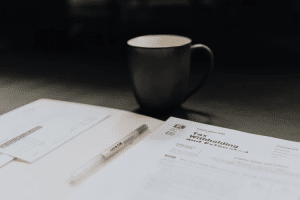What Does VAT Mean?
VAT stands for value-added taxes. It is also used sometimes as a way to refer to Goods and Services taxes. You often hear it in the marketing world around different companies and the taxes that they charge on their products, particularly in the EU. That being said, it is used all over the world. These taxes are done at a rate that could be increased or lowered. The government gives proper notice and a deadline for when this VAT change should be implemented in stores.
If the VAT changes drastically, shoppers likely notice and are confused at best. After all, it does affect their total for the product that you are offering. This does not tend to affect online businesses, however, is incredibly relevant to in-person shoppers in supermarkets or traditional big-name fashion stores.
That being said, the necessaries are not charged a VAT, and health and education are charged at a reduced VAT.
Furthermore, companies fill out VAT forms every three months. This is necessary to keep on record in order to be able to apply for VAT compliance as well as just financial best practices for you or your client.

Kelly Sikkema/ Unsplash
What is VAT Compliance?
VAT compliance, in short, is a government tax benefit that companies can receive if they meet the necessary criteria. If companies make over a taxable amount of €85,000, they are eligible for VAT compliance.
Smaller companies can apply for VAT compliance if they so wish. However, this may require raising prices in order to maintain a similar profit margin.
Businesses that are not charged a VAT can reclaim their input VAT, as long as they apply for VAT compliance. So, if you fall into this category, it is highly recommended to go onto your government’s website and follow the necessary steps to apply for VAT compliance.
What is the Difference Between Sales Tax and VAT?
Sales tax is a one-time payment. What does that mean? You only pay that tax if someone is buying your product.
Meanwhile, VAT is a tax that is paid throughout every step of the supply-demand chain. Take, for example, when the product moves from your distribution center to the store. A VAT tax is applied then. The same goes even during the labor product when your product is being made. A VAT tax must be applied then. However, a different amount is charged at each stage.
